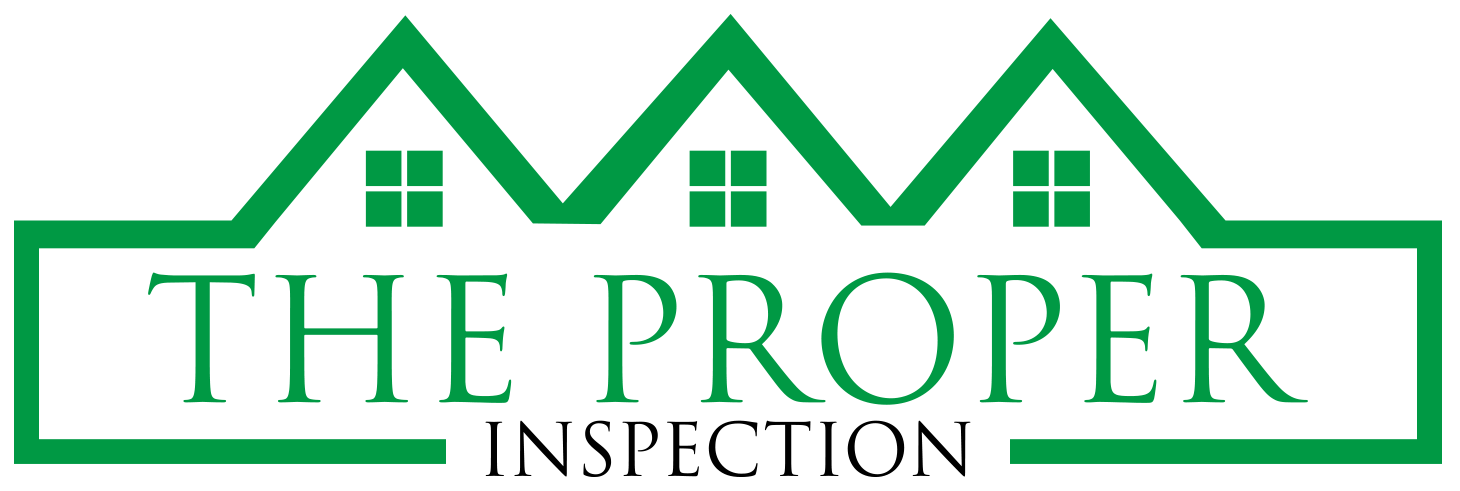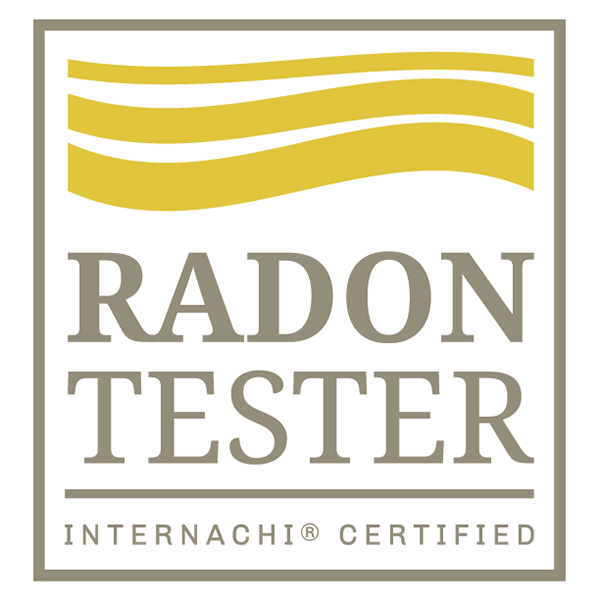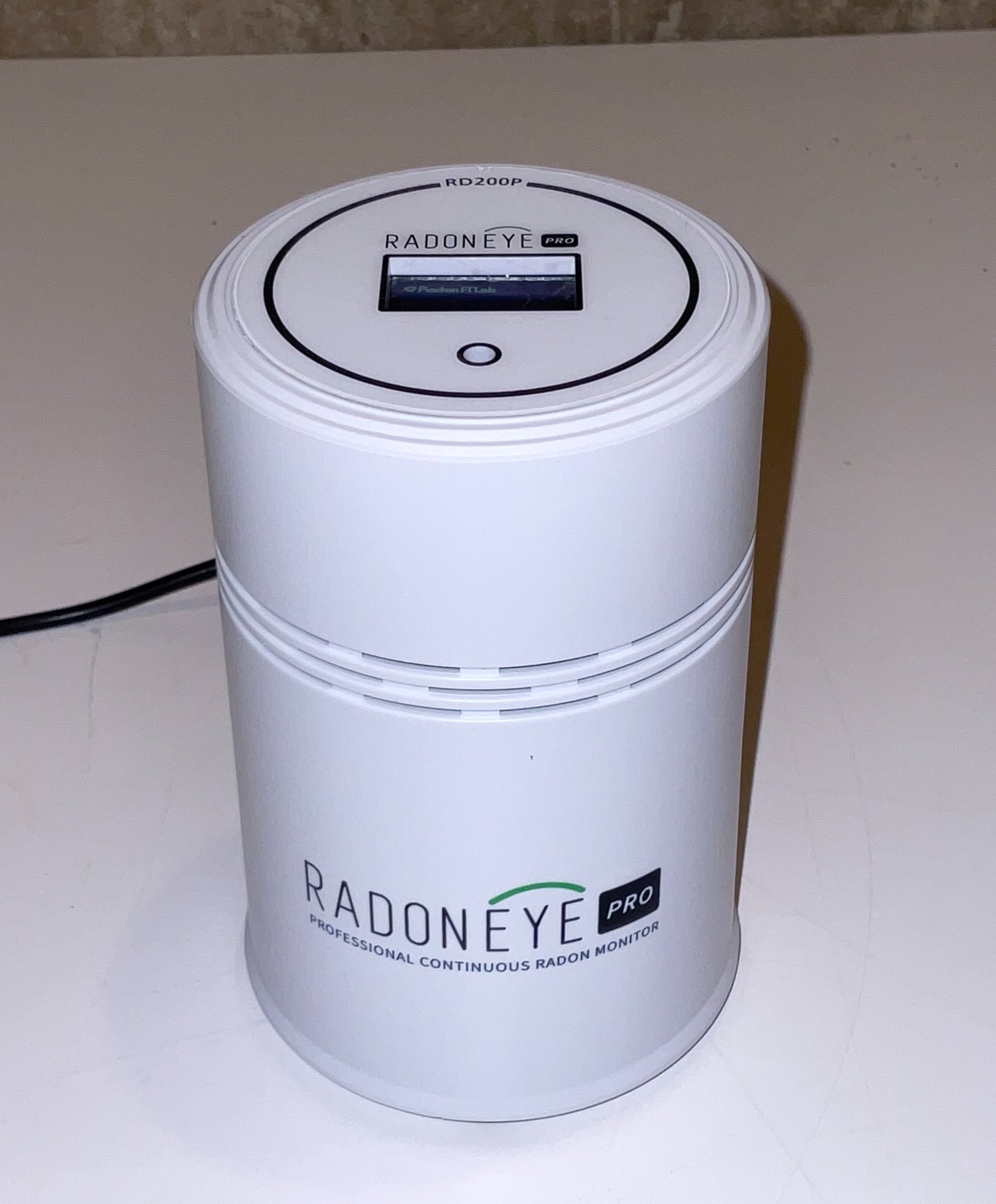Radon
Radon in the Air
Radon gas is a health risk. According to the Surgeon General (U.S. Department of Health and Human Services), radon is the second leading cause of lung cancer in the United States. Since it is colorless, odorless and tasteless, its presence in your home can easily go unnoticed.
The Environmental Protection Association (EPA) explains how radon gas is a naturally occurring (radioactive) breakdown of uranium in soil, rock and water and gets into the air we breathe. Every state has detected elevated levels of radon in homes and therefore it is highly recommended by Federal and State health departments to check every home for radon gas.
According to the Department of Health, 1 in 7 homes have unsafe levels of radon in their homes. Unsafe levels that require mitigation are those with levels of 4 picocuries per liter (pCi/L) or higher but it is recommended to fix your home with levels between 2 and 4 pCi/L.
Testing for radon gas is a relatively easy procedure but it requires a very sensitive, highly accurate and expensive radon gas monitor that is tested and certified by The American Association of Radon Scientists and Technologists (AARST), the National Radon Proficiency Program (NRPP) and The National Radon Safety Board (NRSB). I use the very best equipment on the market to provide you with the most accurate and reliable test results possible.
Radon in Water
Well water that contains radon can increase the level of radon in a home. Using water for showers and baths, doing laundry, and running the dishwasher releases radon into the air. It is estimated that well water with levels of 10,000 picocuries per liter (pCi/L) of radon in water will increase the radon level in air by 1.0 pCi/L.
If the result of the radon in water test is less than 4,000 pCi/L, you do not need to treat your water.
If your radon in water result is at or above 4,000 pCi/L, it is advisable to treat your water.
Radon concentrations in well water can vary throughout the year, so it is beneficial to test more than once at different times of the year.
I use an accredited water and environmental testing laboratory who adheres to the standards prescribed by the National Environmental Laboratory Accreditation Council (NELAC). The NELAC accreditation assures that all tests are performed and reported to you with the highest level of quality.




